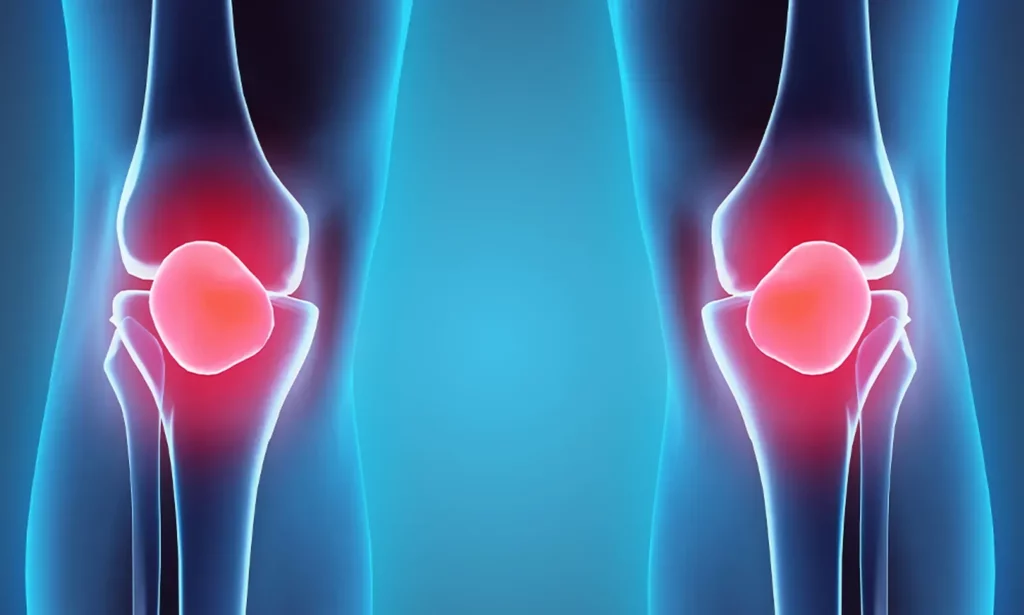Patellar Instability

Patellar instability, also called knee instability, needs prompt treatment to prevent the same problem from recurring and damaging the cartilage and bone. Board-certified orthopedic surgeon Paul Codjoe, MD, offers comprehensive care for patellar instability, beginning with non-surgical treatment and moving to minimally invasive surgery only when needed to restore a stable joint. If you have knee pain or can tell the kneecap is out of place, call the New Jersey office nearest you in Hamilton, Princeton, or Lawrenceville, or contact the office in Langhorne, Pennsylvania. You can also book an appointment online.
Patellar Instability Q & A
What is patellar instability?
Patellar instability occurs when the kneecap (patella) slips out of place. Muscles connect your kneecap to your thigh bone and shinbone. When you straighten or bend your leg, the kneecap gets pulled up or down. As it moves, the kneecap glides in an indentation in the thigh bone.
When the kneecap doesn’t stay in the groove, you have patellar instability. You may develop a partial dislocation (subluxation) when the kneecap partially slips but doesn’t come all the way out of the groove. Or you could have a complete dislocation if the kneecap jumps out of the indentation.
What causes patellar instability?
Patellar instability occurs when you sustain a non-contact twisting injury that stretches or tears the medial patellofemoral ligament. That ligament stabilizes the kneecap by connecting it to the femur. When the ligament weakens, the kneecap becomes unstable and moves out of the groove.
Though not as common, a direct blow to the knee during sports like basketball or football can force the kneecap out of the groove and destabilize the knee.
Some people may have anatomic changes that affect the knee. For example, dysplasia affects the depth of the groove and the way the patella fits in the groove.
You could also have an underlying condition that weakens the ligaments or misaligns the knee, making it easy for the kneecap to jump out of place.
What symptoms does patellar instability cause?
In many cases, you may feel that the kneecap moved out of place or see a noticeable deformity in the knee. You may also experience:
- Swelling
- Stiffness
- Pain in the front of your knee
- Pain beneath the kneecap
- Pain when sitting
- Inability to extend your knee
- Difficulty walking on the affected leg
- Buckling or locking sensations in the knee
After your first patellar subluxation or dislocation, the same problem may keep recurring. Many people find that the pain isn’t as severe with chronic patellar instability.
How is patellar instability treated?
The first line of treatment for patellar instability includes putting the kneecap back in the groove, resting the knee, and using a knee brace or crutches to keep pressure off the knee while it heals. You also begin physical therapy to strengthen your knee and prevent the problem from recurring.
In some cases, your initial treatment may include surgery, especially if the dislocation was due to a traumatic injury. Dr. Codjoe may need to remove loose fragments of cartilage, reconstruct a torn ligament, repair damage to the kneecap, or reshape the groove, to give you a few examples.
Dr. Codjoe also recommends surgery if your knee remains unstable or you experience recurrent dislocations.
If you develop knee pain or notice your kneecap is out of place, call Paul Codjoe, MD, or book an appointment online today.